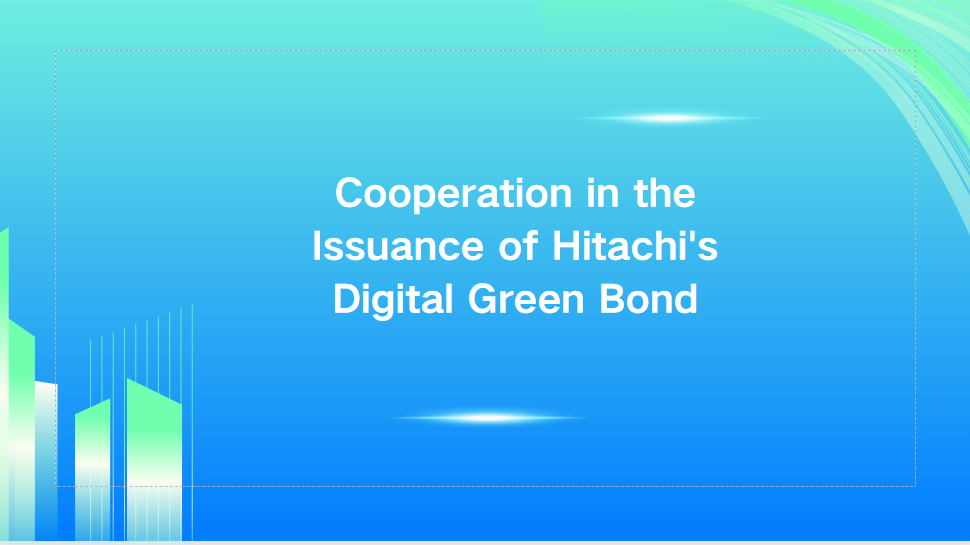Jon Cunliffe: Money and payments - a "black ships" moment?
Download → PDF full text
It is difficult to overstate the importance of the announcement by Facebook in June 2019 that it intended to launch a multicurrency stablecoin, a new digital currency called Libra for general cross-border payment use. Indeed, one commentator has likened the impact of the Libra announcement on central banks to the sudden arrival off Tokyo harbour in 1853 of the 'black ships of evil appearance' - a modern, irresistible US fleet – that led quickly to the collapse of a centuries-old ruling system and to the opening up of Japan.
For the previous decade, central banks and financial regulators had been watching, with a wary eye, the development of crypto-asset markets, using new technologies, outside the conventional financial system. Many, like the Bank of England, had dipped a toe into the experimental water, running small experiments with these new technologies with the aim of understanding them and their possible use cases better. Some financial firms had gone further, exploring and investing in limited use cases within wholesale financial services.
And regulators, increasingly fretful about the cocktail of risks in unregulated crypto-asset markets – risks ranging from illicit finance to consumer harms and, potentially, to financial stability – had been debating whether and how to bring 'crypto' activities within regulation.
But the Libra announcement and the potential appearance of a new form of money, using new technology and moving between countries on new rails outside the current system, galvanised central banks and regulators into much more urgent action on a number of fronts.
I want to talk today about three of those fronts: the G20 roadmap to improve cross-border payments; the Bank of England's exploration of the Digital Pound, a central bank digital currency; and the regulation in the UK of systemic payment systems using 'digital settlement assets' like stablecoins.
I will talk about the first wearing my hat as Chair of the Bank for International Settlements’Committee on Payments and Market Infrastructures (CPMI) and co-chair of the Financial Stability Board’s Cross-Border Payments Coordination Group (CPC), and about the second and third wearing my Bank of England hat. I will of course be giving up both hats next week when my Bank of England term finishes, so this is really my parting shot.
Cross-border payments
The Libra project raised significant regulatory and financial stability concerns, leading to swift statements from both the G7 and G20 that “no global stablecoin project should begin operation until the legal, regulatory and oversight challenges and risks… are adequately addressed”.[2]
But the project, and the benefits it claimed it could deliver, also shone a light on the cost, speed, reliability and availability of cross-border payment systems - a long-neglected corner of the international financial system. Central banks, finance ministries and regulatory authorities realised quickly that they could not simply focus on the risks that new players and new technologies might bring; they needed also to understand and, if possible, address the shortcomings in the existing, less risky systems that created such opportunities for new technologies and new players.
And shortcomings there certainly were. In contrast to the improvements in domestic payment systems that were increasingly being seen in many jurisdictions, cross-border payments were slow, expensive and unreliable. Removing frictions in wholesale, retail and remittance payments across borders could both yield substantive economic benefits and improve access for millions to the international financial system.[3]
So in February 2020, G20 Finance Ministers and Central Bank Governors tasked the FSB, CPMI and others to develop a roadmap to enhance global cross-border payments.[4]
Work by FSB and CPMI revealed that this was not a simple problem, amenable to one or two quick solutions, but rather a complex set of interlocking frictions, both in the public and private sector, exacerbated by weak competition. Moreover, while there were common themes, there was also substantial variation by payment types and by region and jurisdiction. The CPMI produced a comprehensive list of the necessary action areas, the so-called ‘building blocks’, covering infrastructure, data, regulation and competition, and these formed the basis of the FSB’s roadmap of actions adopted by G20 leaders in the autumn of 2020.[5]
So, three years on, as I pass the CPMI baton on to Fabio Panetta, the incoming governor of the Bank of Italy, it is fair to ask: “How are we doing, and what are the priorities for the future?” We have built a strong, detailed, analytical foundation for the work. From 2021 to 2023, the CPMI and FSB produced a number of reports, analysing the key frictions and the actions for the public and private sector, in partnership, that are necessary to alleviate them. We have set out best practice where it exists and practical guidance on how to make changes in key areas.
......






















































First, please LoginComment After ~